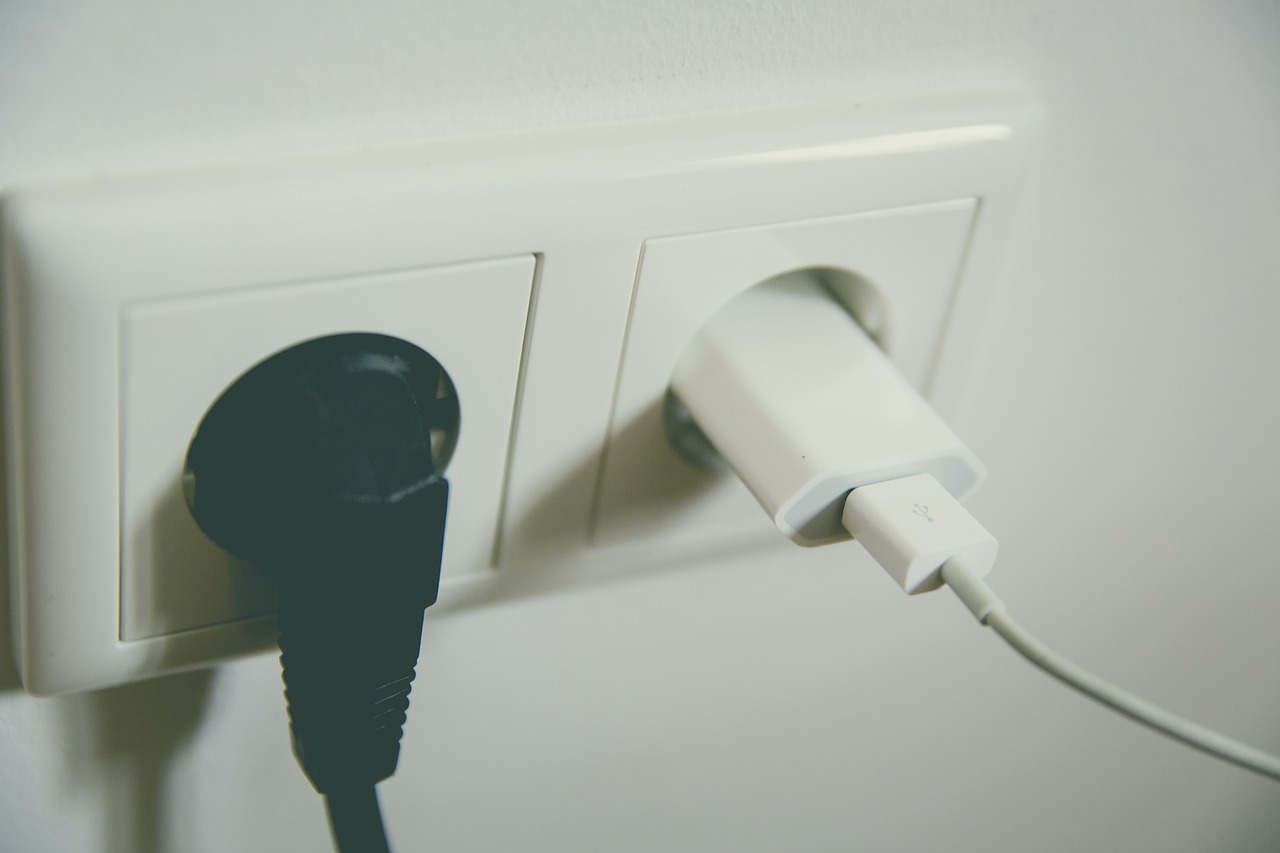AC and DC electricity are different sources of power and both have their advantages and drawbacks. People with an electric vehicle commonly termed as EV are often confused about which electricity to use for charging their electric vehicle at an EV charging station.
In this article, we will look into five facts about AC and DC charging and hope that it will help you in making an informed decision about which source to use when charging your electronic vehicle the next time.
5 Facts About AC Charging
One of the important facts about the AC voltage is that our everyday houses are run by AC voltage. Some of the other facts that make AC the source of electricity for houses are:
Home Insulation Safety: Houses and buildings need a steady flow of electricity and are not equipped to have high voltages. In case of a surge of ultra-high voltages will arc and shock the insulation putting the building or house in immense danger. AC voltage ensures that the power is reduced to a consumable level and there is a lossless transmission of the electricity. With the help of a transformer, the AC transmission system can change the level of voltage and current but does not have to change the frequency. Thereby, making it a safe form of power supply
Large Areas Covered: Often we hear that AC is cheaper than DC but the reality is generating AC or DC on a mass scale is almost the same. It is the transmission process that makes AC electricity a cheaper commodity. AC can be transmitted across a large area maybe even across several countries using the grid. With a grid, the voltage can be changed up and down using the transformer as mentioned above. The distribution of the power that is generated is a high voltage, i.e. 110kV or more but when transmitting it is dropped to 22kv, a suburb level, which then reaches our homes and buildings.
Cost-Effective: AC uses a grid system and can be transmitted across large areas from a single source this makes AC electricity cheaper than DC. As a result, this is the most used power source in places. Even people with EV who are not in a hurry to recharge their vehicles prefer to use AC power.
Ubiquitous Outlets: As AC as a source of electricity is used by almost everyone the outlets are ubiquitous. This means while you will be able to plug your EV anywhere with AC supply, your car will automatically convert AC to DC for charging. With AC charging you do not require installing expensive systems to start charging your cars.
Less Maintenance: With AC power you do not have to spend time or money in maintaining the system. At home or any building, all you require is the lines through which the electricity is transmitted, you do not have to install any machines or other accessories for AC power.
All these factors make AC power the most used and preferred mode of electricity for daily use. However, DC power supply is not obsolete, rather Electric Vehicle stations in India and around the world offer DC charging ports.
5 Facts About DC Charging
There are quite a few benefits of DC charging ports, which make Electric vehicle charging stations install DC charging points. Some of the facts about DC charging:
Charges Faster: DC electricity charges any electrical household objects much faster than AC power supply, mainly electronic vehicles. Since DC is constant, the charging time is not determined by the output power of the charging point or the capability of the converter in the car to convert AC to DC power.
It Is Expensive: DC needs a lot of power from the grid and the tariff for it is also high. Commercial charging stations that offer DC charging ports require big DC stations that require cooling amenities resulting in increased cost of production, installation, and operation. Thus making the charging of an EV expensive too.
Modern Devices Run On DC: Most of the modern devices that we use like mobile phones, new shavers and such electric objects that do not require motor but have a battery-run on DC. The AC power that we receive from the supply is converted to DC inside the charger or the machine before the charging can take place.
80% Rule: All the electric vehicles charged with DC power gets recharged fast till it reached 80% of the charge. After this, the charging slows down. It is recommended that when you are using DC for your EV mainly using a Bharat public EV charger at a commercial place unplug your electronic vehicle at this time. Having 80% charge not only increases your battery’s life but also a considerate gesture towards your fellow EV drivers.
Use When You Need It: There are indeed quite a few advantages of DC charging, but for the health of the car and its battery uses it only when you need it. In case of an electrical surge, it does not have a circuit breaker like AC and external circuits are used for that. In case the external circuit fails to work your battery might get fried.
Well, in the earlier blog we mentioned that it is always better to go for AC charg
Post time: Jan-07-2021





